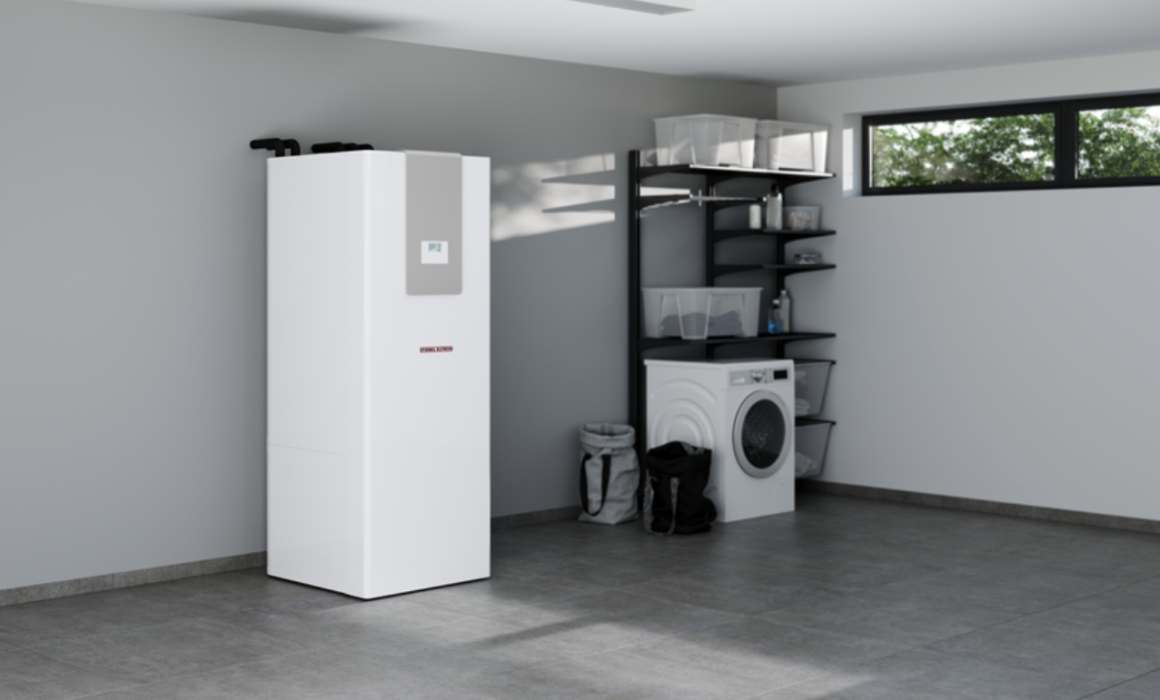What do i need to know before buying a Heat Pump?

Running costs
A well designed heat pumps is incredibly efficient. Per unit rate a heat pump running at 450% efficiency costs 6.36p/kwh compared to a boilers 9.25p/kwh making a heat pump 30% less to run than your boiler.
Although to achieve these high efficiencies we like to keep your heat pump running longer too, making your system much more comfortable but using some of that energy saved.
Carbon Savings
Similarly a typical gas boiler will emit 0.277kgCO2eq/kwh whilst a heat pump would emit 0.085kgCO2eq/kwh. a huge 325% improvement! This is only set to improve as the grid moves to cleaner generation.

Hot Water
Using a storage cylinder a heat pump can supply all of the hot water you need. The size of the cylinder is bespoke to your needs, around 45litres of storage per person per day is a good starting point.
Heat pumps using R32 refrigerant can give hot water to around 55C whilst R290 can deliver hot water upto 75C.
Your new cylinder will need a home and there’s a few options, from an integrated cylinder in the kitchen to the classic cylinder cupboard, we can even put cylinders outside.

Heating
Heating is where Heat Pumps excel, keeping your heat pump running “low and slow” gives you optimum comfort for optimum efficiency. However your your heat pump is only one part of the system.
Low temprature systems should have been installed as standard from 2005 but UK heating engineers have been slow to understand the benefits of a low temperature systems, which include;
Slow corrosion and scaling rates
Less wear on components due to thermal shock, meaning the system lasts longer.
Cleaner and safer air.
less heat loss from uninsulated pipes.
Improved performance.
Safer temperatures
Enhanced comfort.
Emitters
An emitter could be a radiator, underfloor heating, towel rail or convector. Simply put the larger the surface area of the emitter the lower temperature we can keep it.
It’s a delicate balance between designing and sizing your emitters correctly for the heat loss of the room and the operating temperature of the system but getting it right pays off dividends.
Many installers such as Grittish Bas and Octocat will size to higher temperatures such as 50C, this does make things easier but is 30% less efficient than the same system designed to 40C.
A good way to test if your emitters are big enough for a heat pump is to turn your boiler down to 47.5C and see how it performs in the cooler weather.
New emitters can be installed Vat free as part of a Heat Pump installation.


Pipework
Pipework carries the energy from your heat pump to your emitter.
Its a common misconception that pipework always needs to be upgraded, in most cases even microbore pipework can be maintained.
- The first reason is pipework in older systems from pre-2005, was designed to higher flow rates, or not designed with pipework far too large.
- Insulation has improved since they were installed. Most older properties have had HUGE upgrades to insulation and windows and typically have halved heat losses meaning that old pipe work is sized for loads 2 x higher than needed and so the pipes are oversized.
- Most installers historically install based on these old outdated rules of thumb rather than calculating.
Controls
So we’ve seen that keeping system temperatures down saves money and increases comfort whilst still keeping us warm, but when the external temperature increases the heat loss decreases, this gives us an opportunity to lower those temperatures even further!
Weather compensation proactively regulates the systems output by raising or lowering the system temperature proportionally to the outside temperature giving a stable temperature inside the home.
For example; on a winters day at -3C outside your radiators may be a toasty 40C. but on a spring day at 15C outside your radiators might be 26C, whilst this can feel cold to the touch the radiator is still 6C hotter than the room.
Most commonly this is done with manufacturers specific controls and and an outside sensor. Most manufacturers will have a thermostat and an app you can use to alter your settings.
We do not recommend the use of third party controls for anything else other than an overheat thermostat in rooms with high glazing or heat gains.
Design
A Design is fundamental in achieving an efficient, comfortable and long lasting system and key to this is a full heat loss survey.
A full heat loss survey takes around 4 hours and involves measuring walls, windows doors, floor and more to accurately assess your buildings heat loss, emitter and pipe sizes as well as ensuring you are well briefed on the location of your new system.
At Clear skies Energy a full detailed design takes us 8 to 12 hours and is subject to a refundable design deposit, following a budget cost.
Energy Performance Certificate (EPC)
An EPC is required for the grant without recommendation for cavity wall or loft insulation you can find yours here If yours is out of date they are inexpensive and you can find an assessor here.
Installation costs
The average UK retrofit installation costs around £7500 after the BUS grant although this is very specific to each installation, this includes and insurance backed guarantee and MCS certification.
You can find out if you are eligible here.
What Next?
If you are in our area we’d love to hear from you! Please feel free to contact us using the button below for some friendly advice or to move things along a bit!









